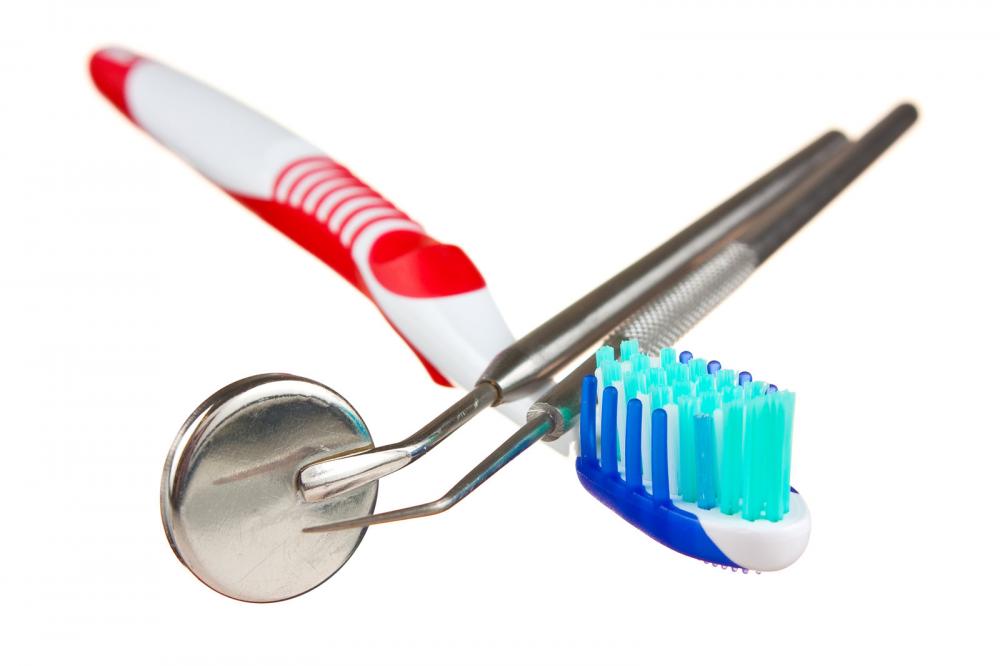Of all the various types of varnish treatments, the most popular one is Fluoride varnish. The varnish is applied or ‘painted’ on the tooth surface and used as therapy in the session. The process requires teeth to be dried and varnish must be applied meticulously to every tooth.
According to RDHmag, 20 to 30% of adults in the United States exhibit sensitive teeth. Varnish treatment offers significant benefits for sensitive teeth. Exposed dentins experience a painful reaction when subjected to thermal, mechanical, or chemical stimuli.
The treatment is only just catching on in the United States, but has been in use in Western Europe, Canada and Scandinavian countries, since the 1980s. The varnish is very tenacious and settles even in the presence of saliva. The varnish is recognized as an effective desensitizing agent and fluoride varnish has proven its efficacy against tooth decay, according to the California Dental Association.
Varnish types
Fluoride varnishes have high concentrations of fluoride in them, as a result of the formation of the salt of silane, in a fast drying alcohol or resin based solution. Other Varnish types include calcium, inorganic phosphate, and fluoride ions.
MI varnish and Enamel Pro varnish are two varnish types that release calcium and inorganic phosphate ions, respectively. These varnish types are suited for different cases. Fluoride varnish treatments tend to be more cost effective than the others, but still costs more than gel.
Disadvantages of Fluoride
Fluoride varnish does not have a natural flavor, but can be added. It leaves a yellow pigmentation on the tooth upon drying and hardening. This weighs against the patient as it gives poor visual appearance making it embarrassing for the patient to even smile. Another factor that affects the patient’s acceptance of the treatment is the dosage. It comes in unit-dose, which have their convenience, and multi-dose applications, which leave the patient encumbered. Both doses need to take a certain amount of time, at least 4 hours according to this source.
Development
Varnish treatments continue to advance in technology, making treatment more efficient, comfortable and significantly increasing effectiveness. New products leave the tooth better colored for a bright smile, and can be flavored for a pleasant taste.
Risks and indications
Varnish treatments will not be applied if there are sores or blisters in the mouth. The taste of treatment in the mouth can also cause nausea. After the treatment is over, counter prescriptions need to be taken, which is not the case with gel. Children should avoid swallowing, as swallowing too much can result in the development of white spots on teeth. You should also avoid brushing teeth the first night, after the treatment.
Children should undergo these treatments twice a year. The elderly may undergo them frequently to prevent rising prevalence of root dentin lesions.

